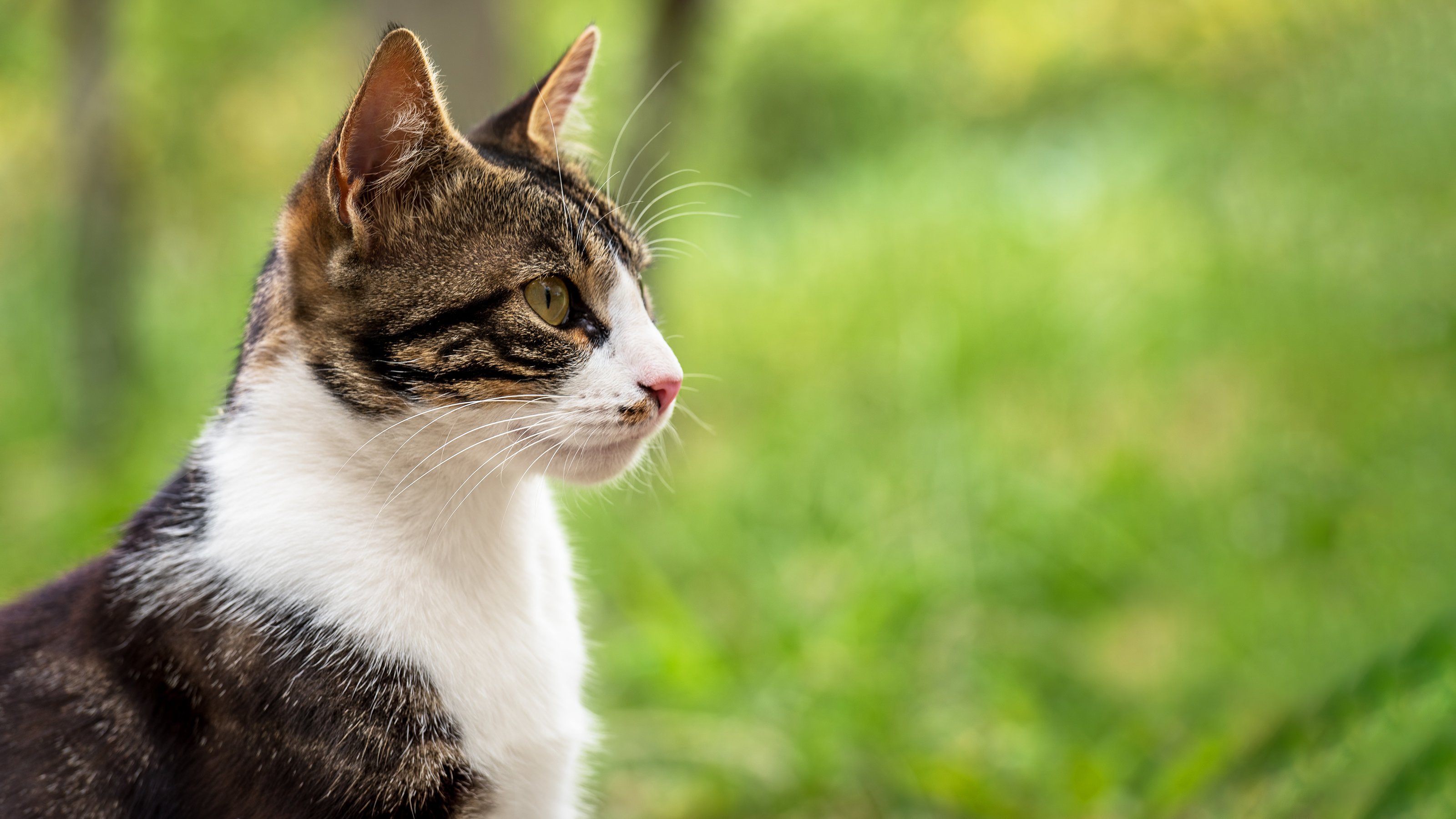
How To Collect A Urine Sample
Collecting a urine sample from your pet isn’t as tricky as you might think
Your cat’s urine can tell a vet lots of things about its health, so occasionally we might ask you to bring a sample in for us to test. While you may think that collecting cat urine sounds difficult, it can be quite straightforward. Simply follow the advice on this page and you’ll be able to collect a sample in no time.
Read more about collecting a urine sample from your cat
Rest assured, you don’t need any fancy equipment! Just equip yourself with a bag of non-absorbing cat litter, an eye-dropper or pipette (though don’t use it for eye-drops afterwards!), and a clean, sealable container. A glass jam jar, thoroughly washed out and rinsed, is perfect.
Clean your cat’s litter tray and then fill it with non-absorbing cat litter, then keep an eye on your pet and watch out for when it next uses its tray. Once it has urinated, use the pipette to collect a small quantity of urine, and transfer it into the container. Then fasten the lid tightly.
For the best, most reliable test results, your vet will usually prefer to receive urine that is no more than four hours old. If you have no alternative but to collect the urine outside the four hour window, it can be refrigerated for up to 24 hours.
